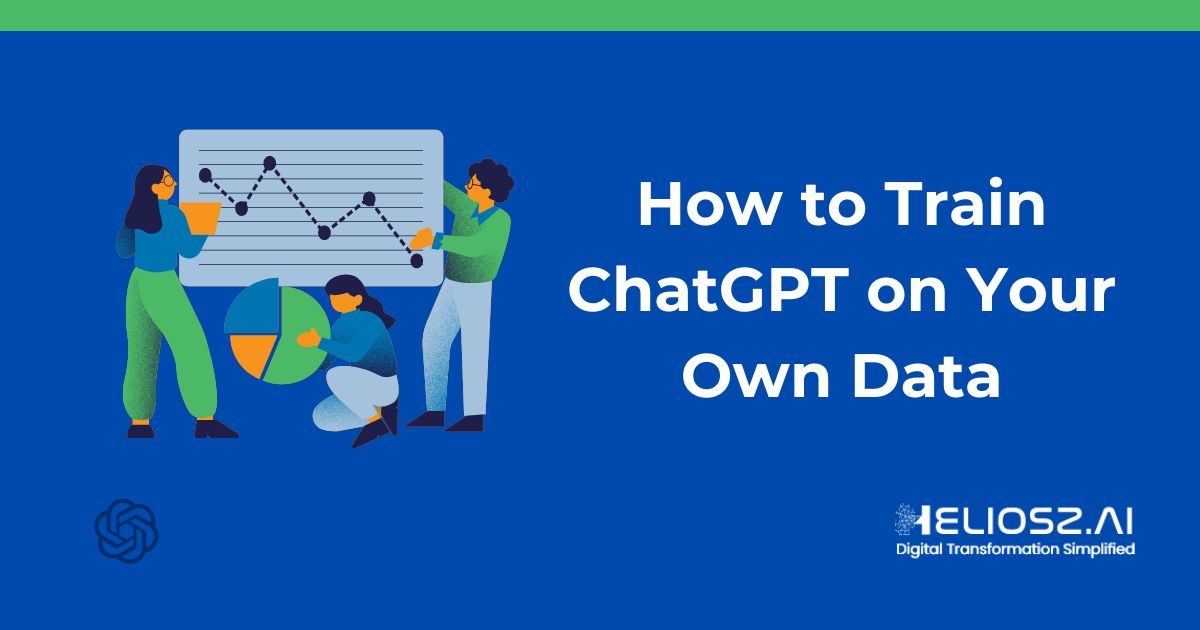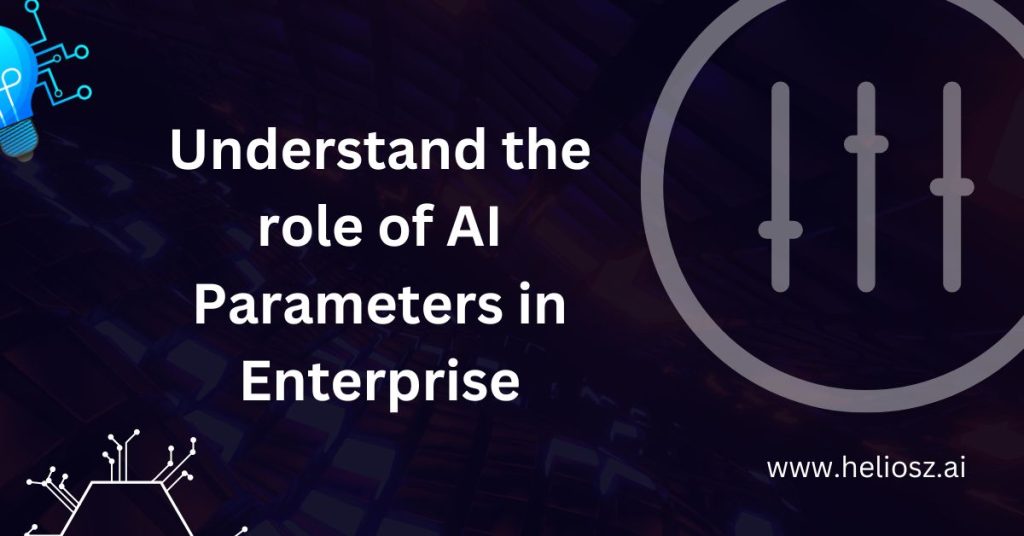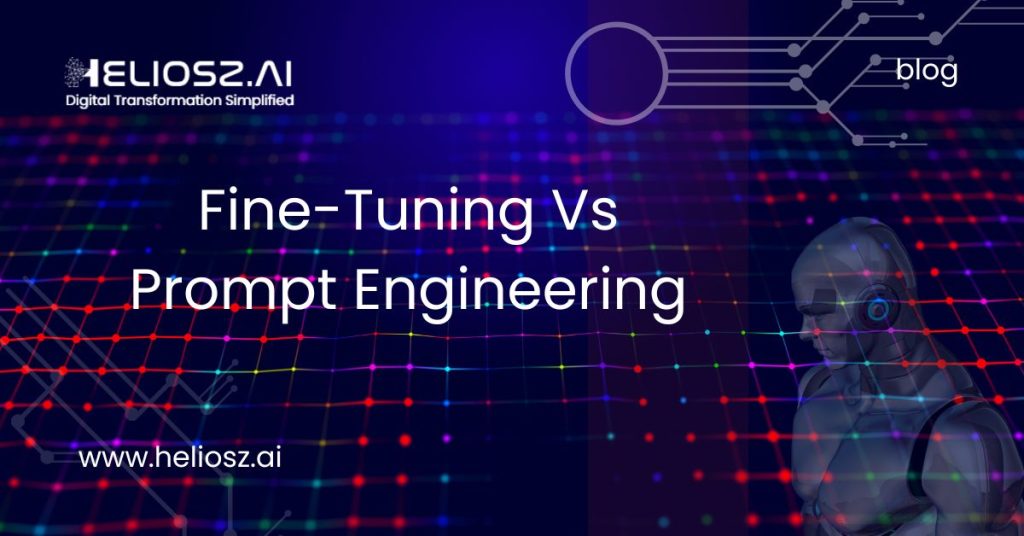
The data-driven dynamic world of business drives the indispensability of customized conversational agents and tools for enhancing customer experience and engagement.
Among these, ChatGPT stands out as a highly versatile and powerful Large Language Model (LLM) capable of generating human-like text responses.
Customizing ChatGPT on your data emerges as an innovative method to gain traction and deliver tailored experiences for customers.
This comprehensive expert guide will walk you through how to train ChatGPT on your own data and build customized AI chatbots that reflect brand voice, understand your services, communicate your domain, and engage with your audience effectively.
In this guide, we will cover about,
Understanding ChatGPT and Training Data
What is ChatGPT?
Defining Training Data
Why Do You Need to Train ChatGPT on Your Data
Preparing and Formatting Your Training Data
How to Train ChatGPT on Your Own Data Using Python & OpenAI API
What is a Custom-Trained ChatGPT AI Chatbot?
Reasons Why You May Need a Custom-Trained ChatGPT AI Chatbot
Understanding ChatGPT and Training Data
What is ChatGPT?
ChatGPT (Chat Generative Pre-Trained Transformer) is a powerful advanced LLM, and natural language processing model developed by OpenAI.
ChatGPT is based on transformer architecture and trained on a vast corpus of massive datasets of text and code. It can generate realistic, human-like, and coherent responses to the prompter across a wide range of topics and contexts. It can translate various languages, write different types of creative content, provide answers to your questions like a support person, and help you learn many things based on your prompting.
Defining Training Data
Training data is the foundation element for training ChatGPT upon which such LLMs learn to understand and generate responses according to your brand and business.
By developing training data with examples of conversations, industry insights, internal processes, various examples of queries, documents, etc. related to the industry or use case can train ChatGPT to perform and generate responses to better suit your requirements.
Why Do You Need to Train ChatGPT on Your Data
There are compelling reasons for training ChatGPT on your data to address your business requirements. Here are the key considerations to proceed with training ChatGPT.
Improved accuracy and relevancy
Generalized training data for ChatGPT gives less accurate responses and irrelevant replies to the audience which in fact will frustrate them. If you are investing in training ChatGPT on your own data, you can ensure that the key stakeholder is receiving accurate and relevant answers to their queries.
Consistent brand voice
If the ChatGPT is not trained with your data, the generalized version will have difficulty in maintaining consistent brand voice and messaging. Training your data will enable ChatGPT to adopt the unique brand tone and style and will help in fostering brand recognition in customer interactions.
Domain-specific knowledge
By feeding ChatGPT with the datasets of your business information, product knowledge, samples of conversations, internal processes, and domain data, you can guarantee relevant responses every time.
Targeted audience response
Business extends over various targeted audience pools and general ChatGPT responses will not align with your specific audience group. By incorporating data on your target audience’s differentiators, demographics, conversational tone, and language style, you can fine-tune ChatGPT to deliver a more personalized and relatable experience for your users.
Preparing and Formatting Your Training Data
As we mentioned earlier, training data is the foundation for fine-tuning ChatGPT. It involves a series of systematic steps that need serious attention.
Here’s a breakdown of the key steps to take when preparing and formatting your training data for ChatGPT
Data Collection
Gather all necessary data that are required to train ChatGPT to produce the desired outcome. The more accurate and enough data you have, the better the model will learn your requirements and deliver near to exact information they produce.
Data Cleaning and Preprocessing
It is a critical step where you need to clean the data collected to develop a clean structured dataset with zero errors and discrepancies. Consider all typos, inconsistencies, missing data identifications, and all possible corrections here.
Data Formatting
Format the data that is collected and cleaned into structured data that can be identified and learned by ChatGPT easily. The data formatting varies depending on the task that needs to be completed. There are two approaches in practice to train ChatGPT.
Prompt-Completion Pairs
Create pairs of possible prompts and responses that can be asked by your customers. The data should include all possible inputs and desired outcomes. This format will generate fixed responses and maintain consistency.
Instructional Format
This data formatting includes providing possible prompts and examples of expected outcomes. This will train ChatGPT to learn about specific writing styles and complete the tasks.
Splitting Data
Split the data into three sets; training sets, validation sets, and testing sets. The training set is used to train the models on the patterns in your data. Validation sets are for validating the performance of models on the trained prompts and data. And finally, the testing set used for evaluating the final performance of model on unseen and fresh prompts.
How to Train ChatGPT on Your Own Data Using Python & OpenAI API
Leverage the potential of Python and OpenAI API to train ChatGPT on customized data while direct customization of ChatGPT isn’t currently supported. Remember that this process requires coding adept and experience. Here are the steps involved!
Step 1: Install Python and Upgrade the Package
You need to be ready with a full-fledged Python package before starting the actual practice of training.
- Python 3.x is the preferred version
- Upgrade the Python package to pip package manager
- Install required libraries using pip
Step 2: Generate OpenAI API Key
Register and login to OpenAI and generate API keys to get access to their models for training
Step 3: Preparation and Formatting of Data
Collect data, clean and format the data into datasets that are understandable by ChatGPT
Step 4: Script preparation
Prepare Python script to interact with OpenAI API using your key. In this step, you should define the training parameters and end points of data.
Step 5: Running and training
Run the Python script in your terminal which will initiate the training process with OpenAI API. Training and running time will vary according to the volume of the date you have prepared.
What is a Custom-Trained ChatGPT AI Chatbot?
A custom-trained ChatGPT AI Chatbot is a virtual assistant that is trained and fine-tuned on formatted datasets to generate responses for specific business projects or user-defined interactions.
Custom-trained chatbots act like expert assistants with conversational capabilities like customer support, sales assistance, knowledge transfer, and educating audiences on multiple contexts on defined domains. Imagine a chatbot that can answer customer queries about your products, capabilities, services, and more information in your brand voice like an expert panel member from your company.
Reasons Why You May Need a Custom-Trained ChatGPT AI Chatbot
Custom-trained ChatGPT AI chatbots are the real game-changer tools in the fast-paced business world where customer interactions and support are critical. Here we have the list of top reasons why you may need custom-trained ChatGPT AI chatbots for your business success.
- Enhanced Customer Service (Higher satisfaction, retention, and engagement)
- Qualified Lead Generation (Engaged conversations and conversion of leads)
- Around the Clock Support (24×7 availability unlike humans)
- Facilitating Internal Communication and Knowledge Management
- Competitive Edge in Market (Get ahead of the curve in the race)
- Increased ROI and Cost Savings (Less expenditure on customer support services)
Let’s understand each benefit in detail to clarify why the investment in AI Chatbots is a smart business strategy.
Enhanced Customer Service
Chatbots can cater to relevant and accurate answers to customers on frequently asked questions, service-related queries, support in resolving basic issues, and many customer-centric assistance. It will enhance customer retention, customer engagement, and consequently customer satisfaction.
Qualified Lead Generation
Imagine chatbots are efficient in gathering information from customers, website visitors, and prospective customers who are interested in spending time conversing with chatbots. These engaged conversations can help the sales team streamline the sales funnel and accelerate the mode to convert that lead to qualified leads based on pre-defined criteria.
Around the Clock Support
Your customers might be in different time zones globally and they don’t stick with 9-5 hours for seeking support regarding any product or service. In such cases, a chatbot will ensure around-the-clock support, i.e. 24×7 customer support, unlike human customer service professionals. This will guarantee your customers are assisted out of work hours and immediately every time.
Facilitating Internal Communication and Knowledge Management
Internal communications within an organization are a complex and time-consuming process. But companies can leverage a smart chatbot which is trained with company policies, organization guidelines, and any other information that an employee needs to know. This practice will save chaos in mail and complications in internal communications within teams.
Competitive Edge in Market
A well-trained chatbot, 24×7 customer support, exceptional customer service, proactive responses in business, and faster lead generation will make your business stand out in the competitive market. This will help you gain more traction and sustainable business growth.
Increased ROI and Cost Savings
Custom-trained AI chatbots can reduce the cost of having an in-house dedicated customer support team. It can enable your team to focus on core business functions rather than repetitive tasks. Ultimately one-time investment on Chatbots can significantly enhance ROI and conversion rate of qualified leads.
| No Coding Experience, But Looking for Custom-Developed AI Chatbots? Heliosz is Here! |
|---|
Even if your business doesn’t have AI experts, coding experience, and in-house talent to implement custom-developed AI chatbots, you still can leverage the power of chatbots to revolutionize the business. Heliosz.ai is here to bridge the gap between your business needs and your necessity for smart chatbots. We have the expertise and experience to effortlessly understand your business flow and develop custom-tailored chatbots.
Get in touch with us today and kickstart the journey to a transformed customer experience.


